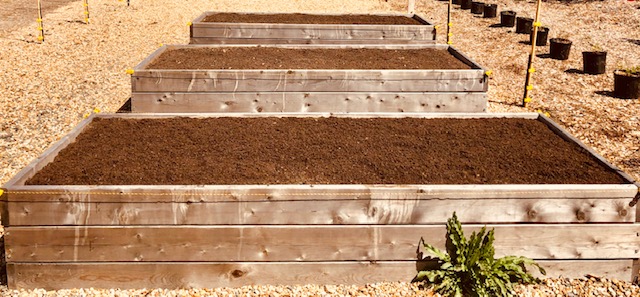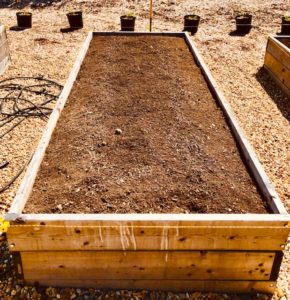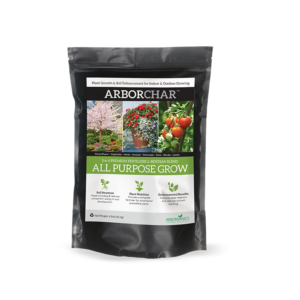
Dig In! How to Prepare Your Garden Beds
One of my favorite garden blogs, Gardenista, has an interesting post today: ‘Landscaping Ideas: 10 Luxuries Worth the Splurge.’ Among the many cool ideas, writer Michelle Slatalla mentions the importance of quality work and craftsmanship. Most interesting to me is the mention of proper preparation of garden soil. Says Slatalla: “Before you plant, prepare the soil. Have it tested to determine your soil type: loamy, sandy, or clay. Then add compost or soil amendments as necessary. If you have toxins in your soil (for instance, high lead levels), replacing it may be a less costly option than trying to correct deficiencies.” I concur. Giving attention to your garden soil is one of the most important steps in assuring a prosperous garden during the growing season and beyond.

Soil Testing
Are you recalling how diligently you worked in your garden last year only to remark “Meh!” after seeing weak plants, poor growth, lack of flowers, or even a reduced harvest of vegetables? It’s time to get an analysis of your soil. Even if your garden did pretty well, a soil test will help continue the trend of healthy plants – less flying by the seat of your pants. As well as determining soil type as mentioned above, a soil test will show pH and nutrient levels. This important information will help you select and apply proper amounts of soil amendments and fertilizers.
The best place to which you can submit your soil samples is your local Cooperative Extension Service. Every state in the US has an Extension Service through land grant colleges or universities. The website for each Extension Service will give you directions on how to take and submit a soil sample. Most soil testing websites will also offer information on how to interpret results. As an example, here is the webpage for interpreting your test results from the University of Massachusetts Extension Service. Here is a list of all of the Cooperative Extensions by state.
Work the Soil
When your garden soil warms up, when the evening temperatures are consistently above freezing, you can begin to work the soil in your garden beds. Use a hand trowel, a shovel or a spading fork. Dig down about 6 inches, breaking up the soil crust, clumps and compacted soil. Remove stones, roots and dead plant material. Once soil clumps are broken you may add some organic material or compost. Compost encourages growth of helpful soil organisms and helps break down soil nutrients taken up by plants.
More on Compost
Compost is short hand for composted organic material – leaves, grass clippings, garden trimmings, twigs, bark, food scraps, and more – which is decomposed and broken down by microorganisms, earthworms, air, water, and proper temperature. Compost becomes a valuable soil conditioner used in gardens, landscaping and farming.
There are several sources for compost. You may produce your own compost at home. Many municipalities collect yard waste and later make the composted end-product available to residents. Bagged compost is widely available at nurseries and garden centers. When I use my own compost at home, I screen it to remove large, uncomposted pieces before using it in my flower beds. Compost from municipalities may contain seeds from weeds collected from yard waste. Frequently this compost is free to residents so pulling those weeds might be worth it!
Apply compost into your garden as you work the soil or add at planting time. You may also use compost to side-dress existing plants and shrubs.

Soil Amendments
At The Dirt on Dirt, we have a great soil amendment you can add early in the season. Arborchar ® is a great product for improving soil structure and adding nutrients. ArborChar contains biochar and fertilizer, breaks down slowly in the soil, and improves soil structure (especially for sandy or clay soils), improves soil fertility and aids in water retention. Add ArborChar to the soil when you work the soil in the spring before planting, or add a small scoop to the soil as you place new plants.
Love Your Soil!
Soil is the life-blood of your garden, carrying essential nutrients and water to your plants. Healthy soil makes healthy plants. At The Dirt on Dirt we know that both healthy soil and healthy plants are good for the environment. Through soil testing, proper soil preparation and use of only the best soil amendments you reduce your need for fertilizers and reduce water usage. Your healthy garden will help the environment and improve the world around you.
Sincerely,
Francesca


Sorry, the comment form is closed at this time.